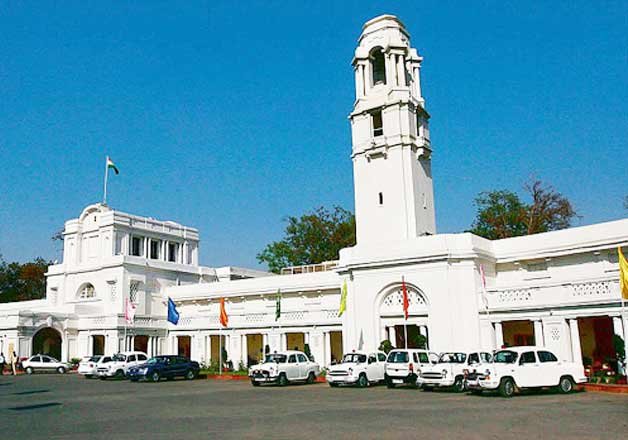
With the Supreme Court yet to decide on the aspect of services, and whose power reigns supreme in Delhi, the Delhi government finds itself again in defence of its strength and autonomy vis-à-vis the Central government’s Lieutenant Governor (Anil Baijal).
The Delhi government had approached the apex court before about the services department being out of its control. Back then in 2019, the two-judge bench of A.K. Sikri and Justice Ashok Bhushan, were unable to make a decision so the matter was sent to the Chief Justice SA Bobde. Since then, no conclusion has been drawn. This means, secretary level officers, Collectors, SDMs, engineers, their transfers and postings are in the control of the L-G.
What now makes matters worse for this government is that on February 3, the Union cabinet approved some proposed amendments to the Government of NCT of Delhi Act. The Centre now intends to pass the new amendments included in the Government of National Capital Territory of Delhi (Amendment) Bill, 2021 during the current Budget session of Parliament.
The amendments seek to make the Delhi government seek L-G’s opinion on legislative proposals at least 15 days prior and administrative proposals seven days in advance.
The L-G gets the power to refer a matter to the President for a decision when his views are different from that of the council of ministers; in cases where the President’s decision is pending, the L-G may take immediate decision if he is of the opinion that the matter is urgent.
Delhi’s Deputy Chief Minister Manish Sisodia called it a “murder of constitutional democracy” and also said it was a way to control the city: “BJP wants to govern Delhi through the backdoor as people chose not to elect them in three consecutive elections”.
In February 2019, the Supreme Court delivered its verdict on six contentious issues on the division of powers between the Delhi government and the Centre represented by the L-G. The Delhi government was given powers in three areas — appointment of special public prosecutors or law officers; fixing land revenue rate, which was earlier with the L-G; and power to appoint or deal with the electricity commission or board.
The matter of services was however still left out when Justice Sikri contended that transfer and posting of secretaries and heads of departments can be done by the L-G, while in case of officers of Delhi, Andaman and Nicobar Islands Civil Service (DANICS) and Delhi, Andaman and Nicobar Islands Police Service (DANIPS), the council of ministers will send the file to the LG.
Justice Bhushan, however, differed with this opinion, and said under the law, the Delhi government has no power to exercise control over services.
When in January 2020 the bench headed by Chief Justice SA Bobde and comprising Justices BR Gavai and Surya Kant heard the matter, it had no representation by the union government and since lies in wait of a decision.
The Supreme Court in 2019 had made it clear that the legislative power of the Government of the National Capital Territory of Delhi (GNCTD) extended to all subject matters contained in various entries of List II (State List) with the specific exclusion of entries 1, 2 and 18 (dealing with public order, police and land respectively).
In Box
Here we undertake a comparison of the powers with the Delhi government and the L-G. The first three for the Delhi government were won in 2019 while a few of the subjects as mentioned in the state list are given below:
Under the L-G’s control:
The handset features a dual rear cameras, 6.72-inch 144Hz display, IP64 water resistance, and up…
Delhi Police raided a late-night illegal bar in Samaypur Badli, detaining 25 people and seizing…
A rear-end crash near Delhi Haat triggered a blaze that gutted both vehicles, though no…
Court grants probe agency more time as NIA pursues wider links in Red Fort blast…
Featuring works in thread, fabric, performance and digital media, Ski(e)n examines the body as a…
Govt report shows gains in maternal health, with better care access and fewer anaemia cases…